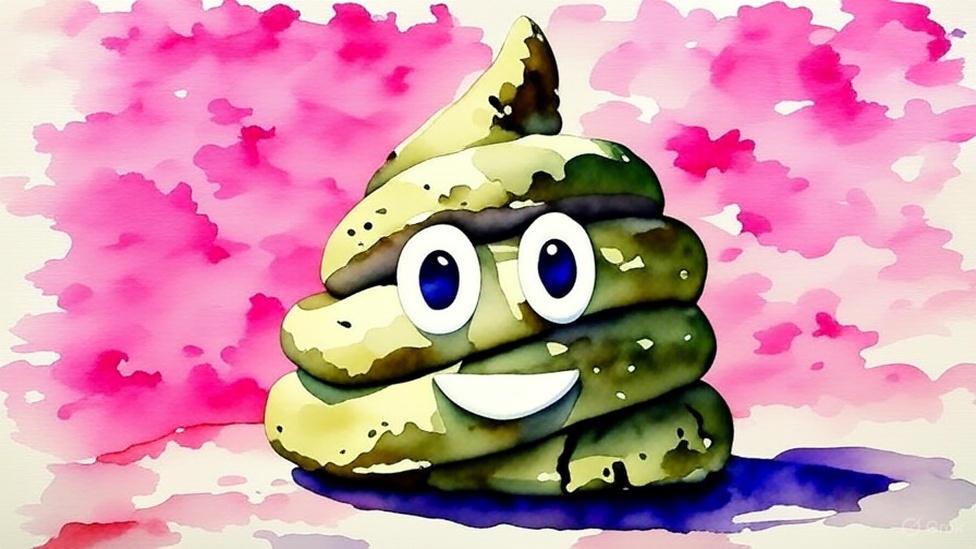Mom racoon: It's time for you to meet your son.
Dad racoon: He can't be mine. He doesn't look anything like me!
Mom racoon: How can you tell? He's wearing a mask.
Okay, here’s my attempt at a “Joke Poo” version of the raccoon joke, playing on similar themes of identity, masks, and assumptions:
Joke Poo: Badger Accountant
A badger accountant brings in a new hire for the team to meet.
“Team,” he says, “I’d like you to meet Bob. Bob’s going to be helping us with tax season.”
One of the team members whispers, “He doesn’t look like he’s up for it. You sure he’s qualified to do taxes?”
The badger accountant replies, “Of course! He’s wearing a visor.”
Alright, let’s analyze this masked bandit of a joke!
Deconstruction:
- Premise: The joke plays on the raccoon’s distinctive mask-like markings and the human concept of a child resembling their parents.
- Setup: Mom raccoon introduces the baby raccoon. Dad raccoon questions paternity due to lack of resemblance.
- Punchline: The punchline reveals the absurdity – the baby is wearing a “mask” (the raccoon’s natural markings), making resemblance assessment impossible.
- Humor Type: Situational irony, pun (mask referring to both facial covering and raccoon markings), and a touch of anthropomorphism (giving human-like concerns to raccoons).
Enrichment and New Humor Creation:
Now, let’s dig into some raccoon-related facts and see what comedic nuggets we can unearth:
Fact 1: Raccoons have incredibly sensitive hands. About four-fifths of the area of their cerebral cortex dedicated to analyzing tactile impulses is devoted to their hands. This gives them almost human-like dexterity.
Fact 2: Raccoons are nocturnal, hence the “mask” helps reduce glare. Also, many species, especially young animals, may use these patterns to confuse predators and camouflage with dappled shadows in the forest.
Fact 3: Raccoons are not particularly monogamous; males are known to mate with multiple females during breeding season.
New Humor Attempt 1 (Joke Variation):
Mom raccoon: “Honey, I think little Bandit got into your stash of shiny things again.”
Dad raccoon: “How do you know I hid them? He could have found them anywhere!”
Mom raccoon: “Because he’s currently identifying them by touch, and you know how good those tiny hands are.”
Humor Type: This plays on the raccoon’s sensitive hands and stereotypical raccoon behavior.
New Humor Attempt 2 (Witty Observation):
“Raccoon paternity tests must be a nightmare. ‘He doesn’t look like me!’ Well, he’s wearing the entire criminal underworld starter kit on his face. Hard to tell!”
Humor Type: Sarcastic observational humor.
New Humor Attempt 3 (Amusing ‘Did You Know’):
“Did you know that raccoons dedicate approximately 80% of their brainpower just to figuring out what they can steal with their dexterous little paws? That explains why they’re better at opening garbage cans than I am at opening my mail.”
Humor Type: Self-deprecating relatable humor.
Further Enrichment Ideas:
- Combine the mask with the raccoon’s intelligence: “My son’s so smart, he’s already using his mask to trick vending machines.”
- Play on the raccoon’s reputation as a scavenger: “He takes after you. Already found a half-eaten pizza slice in the backyard and declared it ‘his.'”
- Riff on the idea of raccoon “gangs” or families: “Looks like he’s already hanging out with the wrong crowd. Got him home at 3:00 AM last night wearing his mask, which was all smudged.”
By taking the elements of the original joke (mask, resemblance, raccoon behavior), adding factual details, and mixing them with a dash of comedic perspective, we can create related jokes and observations that add another layer of humor. The key is to find the intersection of factual accuracy and relatable human experiences (even if those experiences are projected onto raccoons!).


